Abstract 9/2021
Table of content
Urszula Kierpiec – Concept of spatial development and transport services for the Żabiniec district in
Kraków
Dominika Kaczerska, Krystian Kaczerski – Modern trends in ferry passenger shipping
Jakub Kaczorowski – Application of GIS network analyses in planning locations of public transport stops on the example of Brzeg Dolny
Maciej Prokopowicz, Dominika Stromska – Carsharing – a convenience for people or a rescue for the environment?
Abstracts
Urszula Kierpiec
Concept of spatial development and transport services for the Żabiniec district in Kraków
Abstract: This article presents an analysis of pedestrian accessibility related to the spatial development of the Żabiniec district in Kraków. The first part of the article analyses the existing situation and presents guidelines and standards for shaping pedestrian accessibility to public transport stops. In particular, a GIS analysis was used to create a pedestrian accessibility map of the area, using publicly available data and free software. In the second part a concept for improving the transportation and pedestrian accessibility of the area is presented, as well as for changes in land use and intensification of development in an area with very good transportation accessibility. This concept may increase the passenger potential of public transportation stops.
Key words: transport accessibility, spatial planning, GIS analysis, urban transportation
Dominika Kaczerska, Krystian Kaczerski
Modern trends in ferry passenger shipping
Abstract: This article presents contemporary trends in the passenger and passenger-freight ferry transport market. The ferry segment has grown steadily over the past 10 years, but this has changed during the coronavirus pandemic. In connection with the introduction by the International Maritime Organization (IMO) of more restrictive legal regulations on reducing the level of pollution from ships and the implementation of the concept of sustainable development, more and more innovative and environmentally friendly passenger and cargo units are delivered to the ferry market, like so-called ro-pax and fast, referred to as high-speed. The Baltic Sea and North Sea Region has been recognized as a Sulfur Emission Control Area (SECA) and Nitrogen (NECA – NO Emission Control Area). The permissible SOx and NOx emission limits were increasingly restricted, so the units operated in this Region had to be equipped with exhaust gas cleaning systems or alternative power sources. In this Region, ferry services are very well developed due to the geographical conditions and location of many islands. The aim of the article is to analyze and identify trends in the passenger and passenger-freight ferry transport market.
Key words: ferry shipping, passenger shipping, ro-pax
Jakub Kaczorowski
Application of GIS network analyses in planning locations of public transport stops on the example of Brzeg Dolny
Abstract: Article refers to the topic of spatial analyses in GIS technology and possibility of their use in designing optimised locations of bus stops and routes of urban public transport lines. The design part of the thesis focuses on the initial part on determining population of individual residential buildings in the city using BDOT10k data, defining locations of the most important traffic generators and creating a network layer with bus-suitable roads and pedestrian routes. Later, spatial network analyses (location-allocation analyses) were carried out in order to determine the optimal locations of bus stops by analysing their pedestrian accessibility. The conducted analyses proved that GIS technology is a promising tool to design optimal routes of public transport lines.
Key words: spatial analysis, network analysis, transport accessibility, public transport, Brzeg Dolny
Maciej Prokopowicz, Dominika Stromska
Carsharing – a convenience for people or a rescue for the environment?
Abstract: The aim of the article is to analyse and evaluate whether carsharing is jujust another service that caters consumer needs, or whether the utility aspects are also supported by desire to have a positive impact on the environment. The article was divided into the theoretical and research part. The first part presents the idea of carsharing and its development in Poland. It explains how the service works and points out its advantages and disadvantages. Opportunities for cities, where carsharing popularity is increased among residents, are also presented. In the second part, research was carried out with the use of an internet questionnaire. Thanks to it, it was possible to analyse what drives the users to use cars operating on the basis of carsharing and what potential this service has in the future. The conclusions of the study may indicate whether people are able to resign from using their own cars for carsharing.
Key words: carsharing, mobility, ecology.

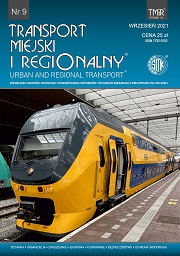 SITK RP
SITK RP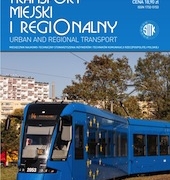 SITK RP
SITK RP 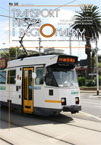 SITK RP
SITK RP 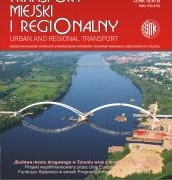 SITK RP
SITK RP 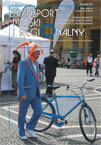 SITK RP
SITK RP 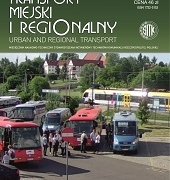
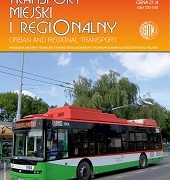

 SITKRP
SITKRP SITK RP
SITK RP